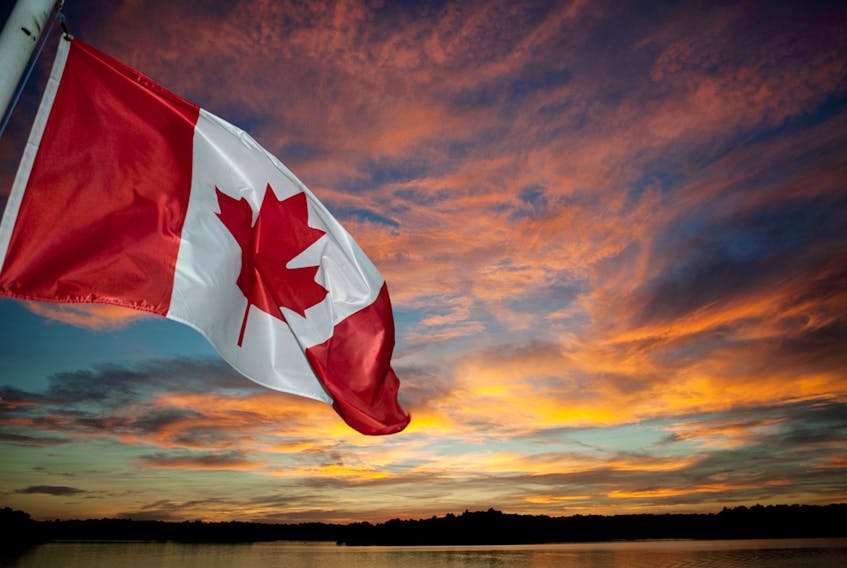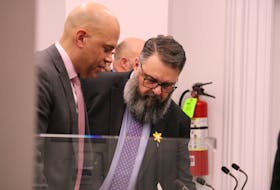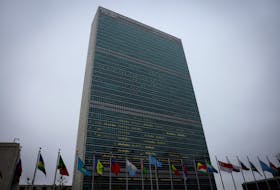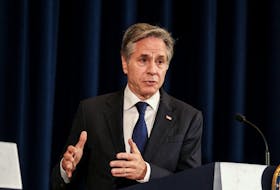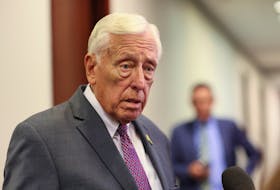Do you think Finance Minister Tom Osborne would turn down another $560 million a year from Ottawa?
Probably not.
The Parliamentary Budget Office (PBO) has written a long-term examination of the three biggest pots of money supplied by the federal government to the provinces: equalization, the Canada Health Transfer and the Canada Social Transfer.
The best-case scenario could see Newfoundland and Labrador getting up to $560 million from Ottawa. The worst-case scenario would see the status quo.
On equalization, the PBO outlines four scenarios, two of which would benefit this province.
The first would see the resource revenue cap eliminated. Currently, provinces with high natural resource revenues don’t get equalization, as 50 per cent of the natural resource revenues are included in the equalization calculation.
The PBO says by removing that cap, Newfoundland and Labrador would see equalization payments of about $560 million.
The other beneficial scenario would eliminate the fiscal capacity cap in the equalization formula altogether, which would potentially see this province eligible for $528 million.
There are four sequential steps to how equalization is set.
First, the revenue-raising capacity of each province is determined without including natural resources.
Second, 50 per cent of natural resource revenues are added.
Third, payments are derived for those making less than the average revenue-raising capacity of all provinces.
Fourth, the payments are scaled to the population of each province.
It’s the second step that eliminates Newfoundland and Labrador from receiving equalization payments, and that second step would be essentially eliminated through the two beneficial scenarios discussed by the PBO.
The office also looks at the Canada Health Transfer, proposing other changes that could benefit this province.
If the health transfer payments were kept in step with health spending, this province would see about $217 million more from that pot of money. That model would also increase health costs for the federal government by 30 per cent by 2091.
The other proposal would see the federal government pay for 25 per cent of every province’s health care costs, starting in 2023. That would mean an additional $435 million from that pot of money, if the federal government takes that recommendation.
In the upcoming budget, this province will receive a total of $750 million from the Canada Health Transfer and Canada Social Transfer, $548 million from the former and $201 million from the latter.
Prince Edward Island, with a population of about 152,000 in 2016, gets $419 million in equalization, $161 million from the Canada Health Transfer and $59 million from the Canada Social Transfer, for a total of $638 million in 2018-19.
Quebec, with a population of about 8.1 million in 2016, gets the largest share of the money in 2018-19: $11.7 billion in equalization, $8.7 billion from the Canada Health Transfer and $3.2 billion from the Canada Social Transfer, for a total of $23 billion out of the $75.4 billion in total given from the federal government.
Twitter: DavidMaherNL

